In the lowest portion of the atmosphere (the troposphere), which extends to around 30,000 feet above mean sea level, the temperature typically decreases with height. However, within the troposphere there may be layers where the temperature warms with height. These layers are inversions, which are strictly defined as departures from the typical increase or decrease in temperature throughout the layers of the atmosphere.
As we have discussed in previous articles, air associated with high pressure systems flows from the upper levels of the atmosphere towards the surface. As this air sinks, the air is compressed and in response warms in response. This compressional warming caused by sinking air and has thus been termed a subsidence inversion. Because high pressure systems typically have light winds and move relatively slow, inversions formed under these conditions can potentially lead to a series of days with smog.
Another type of inversion and the most common type which balloonists encounter on a regular basis is a radiation inversion. As the surface of the Earth is heated by radiation from the Sun, the surface in turn warms the atmosphere. At night, under clear skies and light winds, the surface cools. The layer of air above the surface remains warmer than the air next to the surface, and an inversion develops. Inversions often separate layers of stronger winds from weaker winds. During the morning hours, the solar radiation begins to warm the surface. Eventually, the surface warms to the point where the inversion is unable to suppress mixing and the inversion is overcome. This is often noted on the surface as stronger winds from aloft are mixed down and the overall speed and direction of the surface wind are altered.
In the vicinity of fronts (boundary dividing air masses), inversions are commonplace. Fronts not only exist at the surface, but extend well into the atmosphere. These fronts are not typically stacked vertically, but instead slope horizontally with height. A change in air mass sloping with height results in an atmospheric profile with at least one inversion along the boundary(ies) of the different air masses.
Finally, the last type of inversion we will discuss forms solely due to the horizontal transport of air. This type is called an advection inversion as air is moved horizontally from one location to another. These inversions can be found near coastlines as sea breezes transport cool air inland from over the water. This cool air near the surface undercuts the boundary layer forming an inversion. These can also be found in the Midwest under strong southerly flow. Under this weather pattern, air is advected from the Mexican Plateau northward. This type of setup may initially suppress thunderstorm development, allowing the atmosphere to destabilize. Late in the day the inversion sometimes weakens or is overcome by mixing and allows thunderstorms to develop rapidly.
As with all types of inversions, the warm layer of air relative to the ambient air acts as a lid preventing air from rising, thus suppressing mixing. As one encounters an inversion in a balloon (either through rising or falling), there will be a hesitation before penetrating through the layer. When flying through an inversion, it is best to ascend or descend at a moderate rate as wind shear often accompanies inversions. Low level jets, which form under complex conditions, can be found on the high side of inversions. Therefore, it is important to know what conditions exist above an inversion before flying.
Inversions help keep the atmosphere stratified, separating the stronger winds aloft from the weaker winds near the surface. Without them, balloonists would be stuck on the ground waiting for light winds throughout much of the lower atmosphere. In the next article, we will explore a topic that affects weather patterns all over the world, El Niño and La Niña.
Radiative Inversions
While attending balloon races all across the Midwest this summer, it seemed as though the weather was more marginal for flying than in years past. Many times it seems like the winds were too strong especially in the evening hours, keeping us grounded. One thing that can influence wind speeds at the surface is the strength of what is referred to as a radiative inversion. There are various factors that affect the development and strength of this type of weather feature, which we will explore below.
Inversions are simply defined as an increase in temperature with height. In the lowest 30,000 to 50,000 feet in the atmosphere, the temperature decreases with height. When the temperature deviates from the norm and increases in height over a layer, that layer of the atmosphere is referred to as an inversion.
In the evening, as the sun sets and the angle of the sun becomes low, the amount of incoming energy that heats the surface of the earth and in turn heats the atmosphere decreases. Air near the earth’s surface cools, while air several hundred feet above the surface remains warm. As the night progresses, the air temperature will warm with height and a radiative inversion develops. During the morning hours, the solar radiation will begin to warm the surface. As the surface warms during the day, it will once again become warmer than the air above. This is often noted on the surface as stronger winds from aloft are mixed down and the overall speed and direction of the surface wind are altered.
There are many factors that affect the strength of the inversion. Clear skies and light winds allow the surface to cool as efficiently as possible increasing the strength of the inversion. Surface cover also affects the strength of an inversion. Obviously, snow cover can affect the strength of an inversion in a positive way, but other surface features can lead to a more rapid destruction of an inversion. Surface pavement and freshly plowed fields are fairly dark absorbing much of the incoming energy from the sun and thus warming fairly efficiently. As these areas warm more rapidly than surrounding areas, such as bodies of water and fields covered with vegetation, the strength of the inversion weakens. Just as the sun angle influences the development of a radiative inversion, it also affects the depletion of one. During the late spring and early summer months, the sun angle reaches its peak, resulting in a fairly rapid destruction of any inversion that develops. The amount of night time hours is relatively low this time of year as well, only allowing inversions a few hours to develop. Similarly, the sun angle is relatively low in the winter months, and with daylight hours at a premium and a low sun angle and the potential for snow cover, some radiative inversions remain intact throughout the day. This is one of many reasons why winter months are preferred for long jumps as the inversion keeps the stronger winds aloft from reaching the surface.
Once the inversion is overcome, the overall speed and direction of the surface wind is altered. A weakening inversion is similar to a pot of water of the stove that is on the verge of reaching its boiling point. As the water continues to warm, bubbles of water vapor begin to develop on the bottom of the pan but do not reach the surface of the water until the pot has reached a full boil. Once this is accomplished, the water particles in the pot become fairly well mixed, much like atmosphere.
The strength of a radiative inversion can be represented by the difference in temperature between the surface and the top of the inversion. The greater the difference, the stronger the inversion. As alluded to earlier, inversions allow the atmosphere to develop into several unique layers, much like layers of a cake. Just as layers of cake can be radically different, the layers in the atmosphere can differ and can result in light to moderate wind shear (the change in wind direction and/or speed over a small distance). As one encounters an inversion in a balloon (either through rising or falling), there will be a hesitation before penetrating through the layer. When flying through an inversion, it is best to ascend or descend at a moderate rate through any potential wind shear. Low level jets, which are favored around sunrise, can also be found on the warm side of inversions. Therefore, it is important to know what conditions exist above an inversion before flying.
In the next article we will discuss thermals, the meteorological feature responsible for the destruction of inversions.



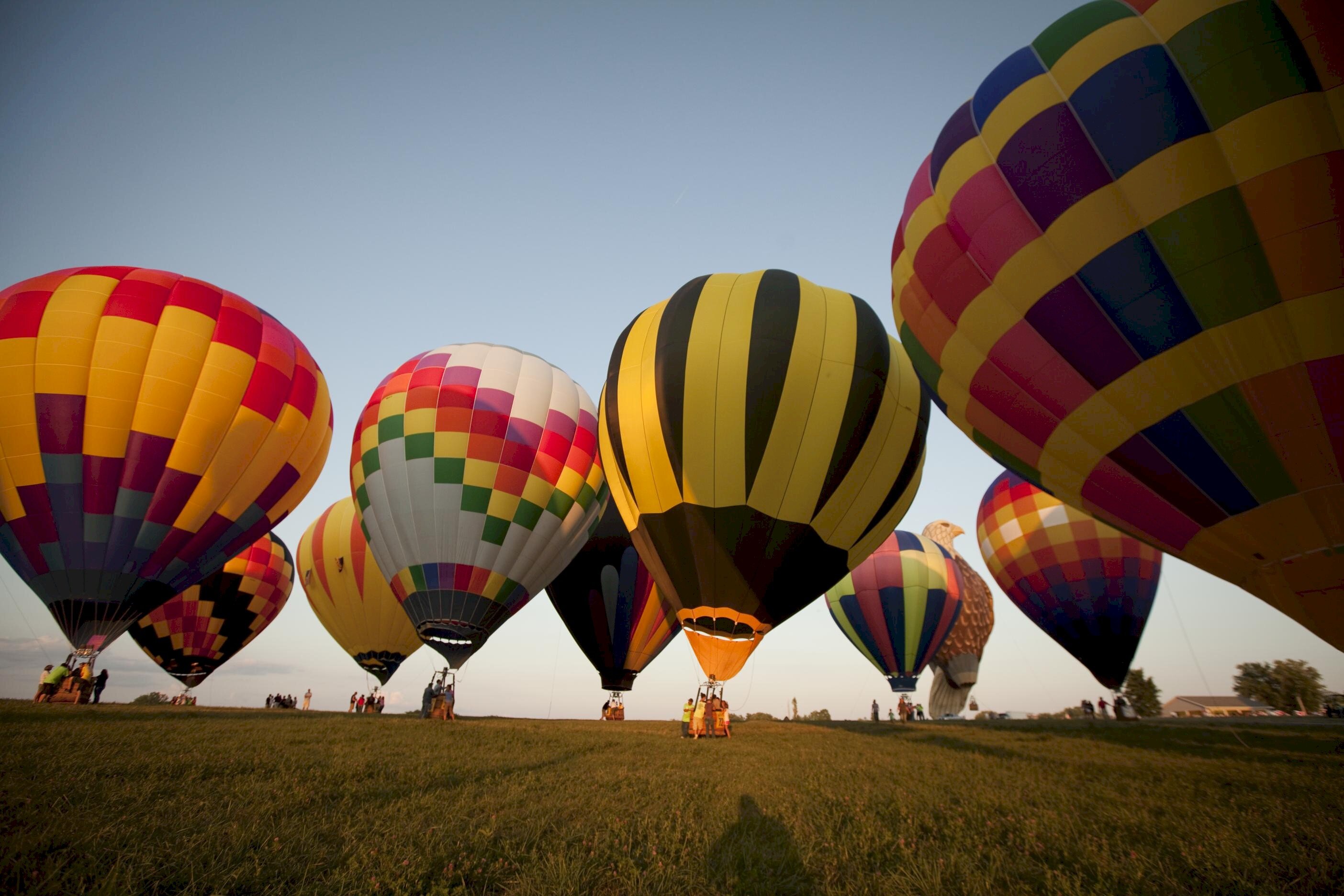
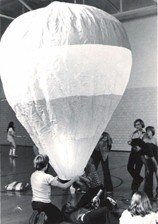

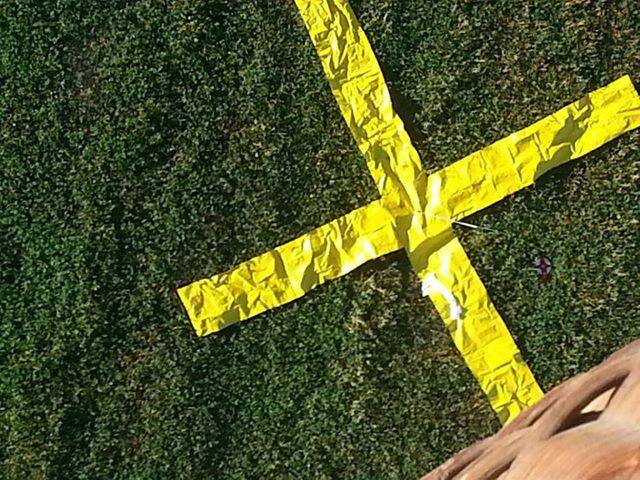
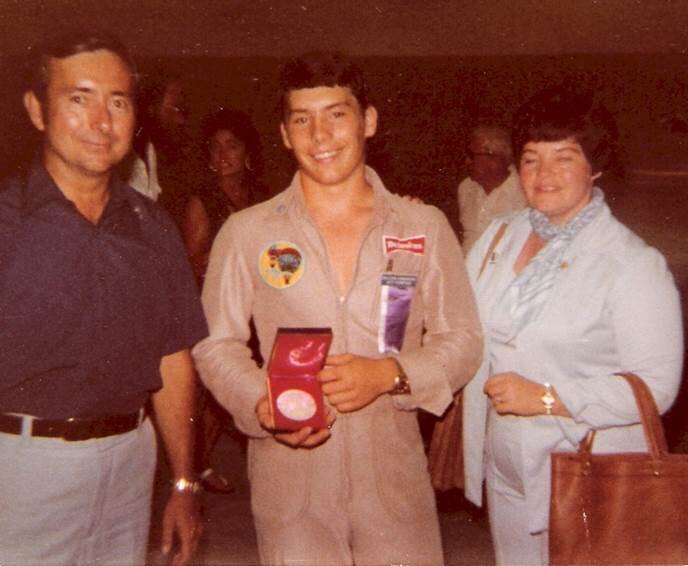
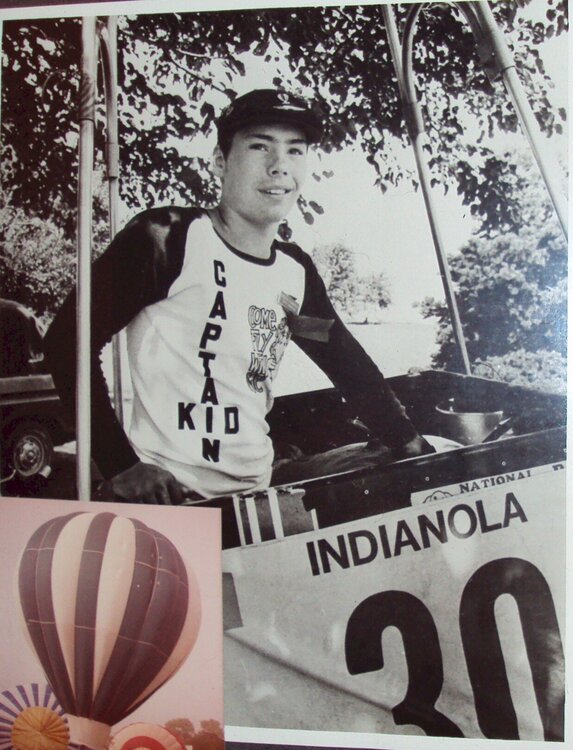
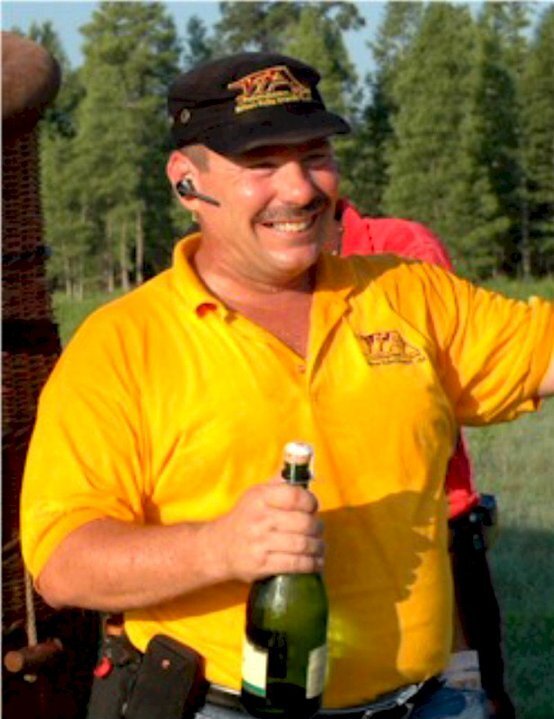




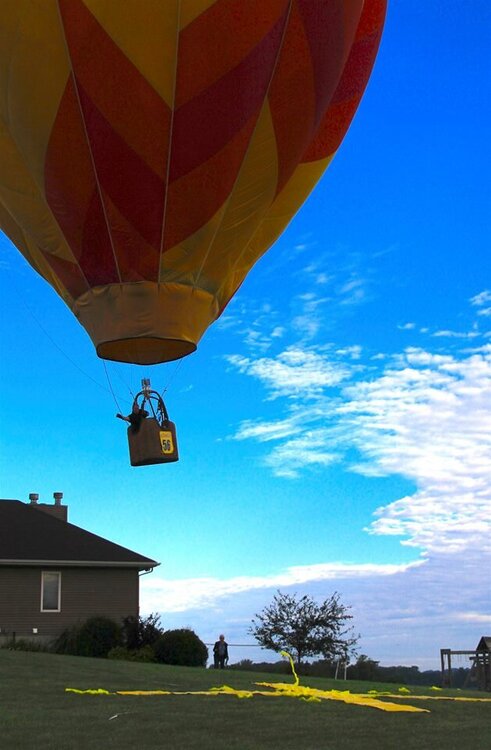
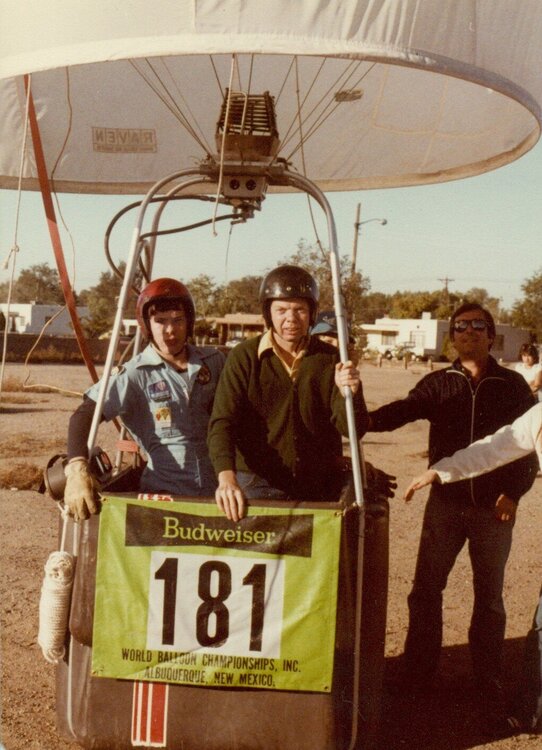
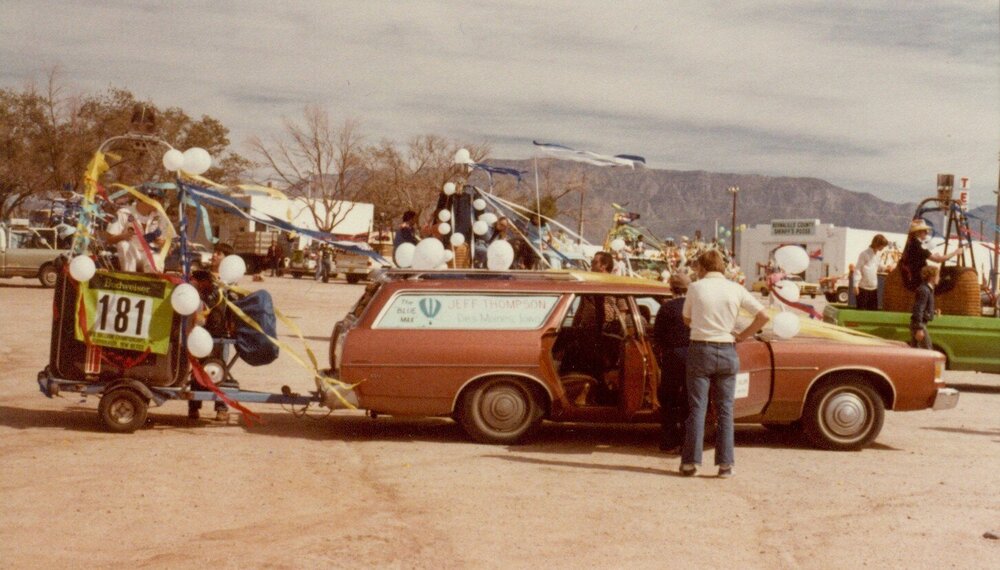
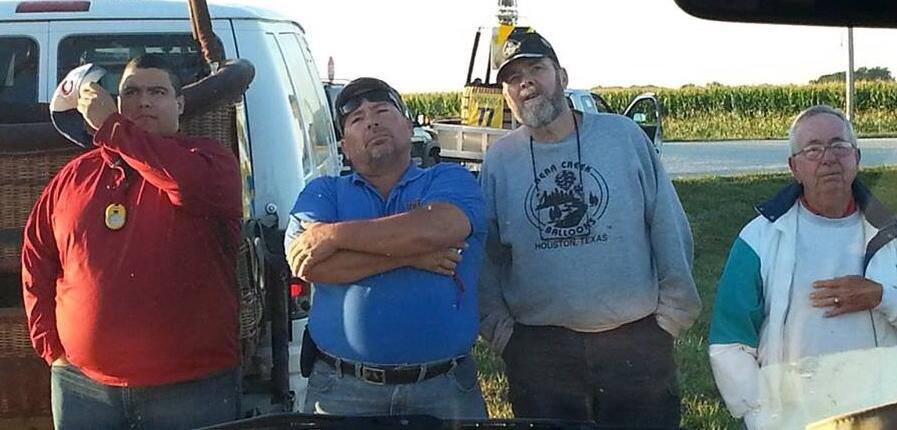
.jpg.63107fd0779ec1d149efb68987df502e.jpg)
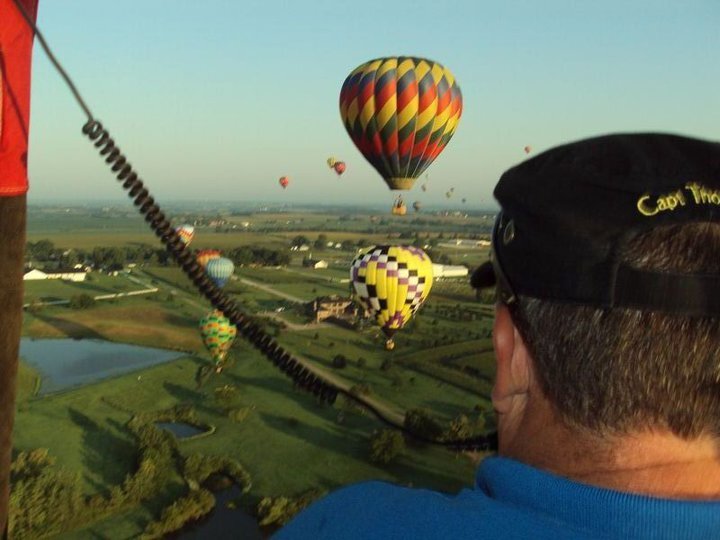

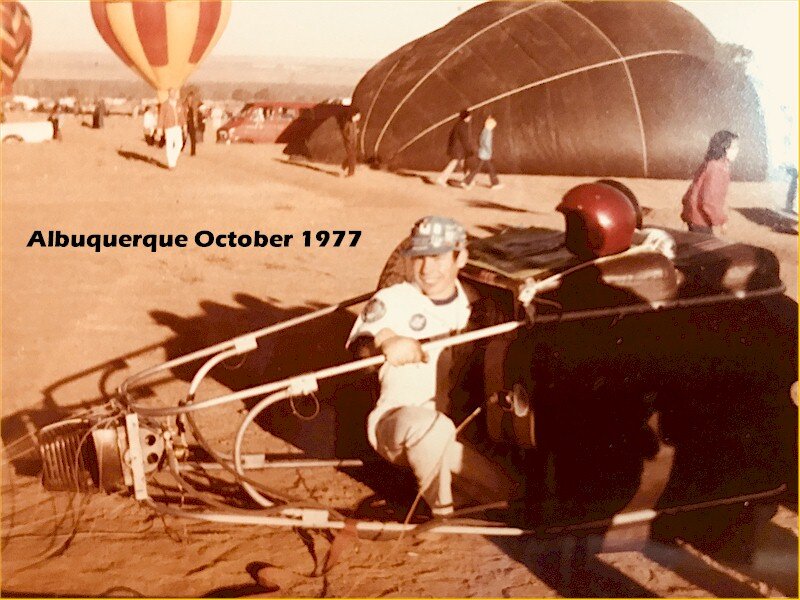


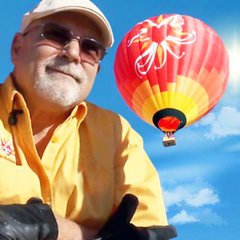
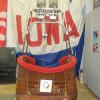







Recommended Comments
There are no comments to display.
Join the conversation
You are posting as a guest. If you have an account, sign in now to post with your account.
Note: Your post will require moderator approval before it will be visible.